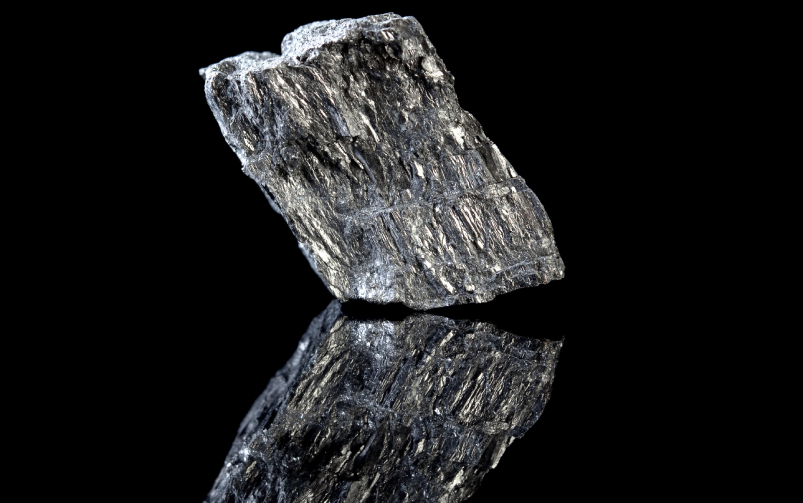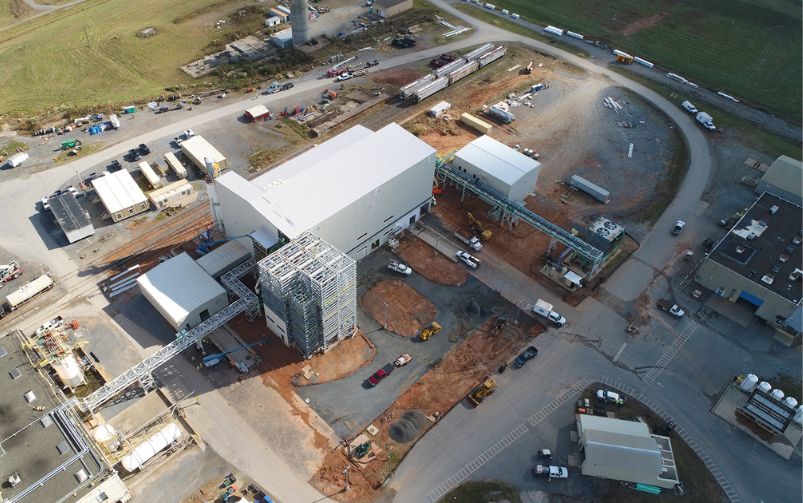Newmont’s Musselwhite gold mine in northwestern Ontario. Courtesy of Newmont.
The waste generated by mining represents a fundamental challenge common to all miners. That’s why a group of eight mining companies has created the GeoStable Tailings Consortium (GSTC) to advance new technologies and methods for managing tailings.
“The GSTC will study options to combine various blends of tailings with waste rock to create ‘geo-stable’ landforms that are stronger and more stable than what is produced by conventional tailings deposition methods,” Newmont stated in a press release when it announced the launch of the consortium in May.
The consortium members include Antamina, Barrick, BHP, Freeport-McMoRan, Gold Fields, Newmont, Teck and Vale. G. Ward Wilson, a professor of geotechnical and geo-environmental engineering at the University of Alberta, is providing expertise to the group.
In an email from Newmont to CIM Magazine, Kimberly Morrison, Newmont’s senior director of global tailings management, and chair of the steering committee for the consortium, stated that the group is building upon work started by Goldcorp Inc. to advance geo-waste and geo-tailings research done prior to the company’s acquisition by Newmont in 2019.
“Goldcorp was actively advancing studies to improve understanding of commingled tailings and waste rock with an aim of achieving a geotechnically and geochemically stable material that eliminates the need for a dam, as required for conventional tailings storage,” she wrote.
The technology blended two waste streams—tailings and waste rock—on a conveyor, with blending occurring at conveyor transfer points. The blended material was then placed in a stack. Goldcorp created test piles at both the Peñasquito mine in Mexico and the Marlin mine in Guatemala.
To advance the research started by Goldcorp, the GSTC will start with future use case conceptualization, followed by laboratory testing of the tailings, mine waste rock and material mixes. After that, each of the eight consortium members will design and construct small-scale trial pads. Each member will monitor the trial pads and share data with other members through a technical committee. The last steps will be commercial demonstration and full-scale implementation of the technology. The process is expected to take several years.
Morrison presented on the consortium at a July 14 keynote titled “Leading advancement of GeoStable Tailings technology through industry collaboration” at the Australasian Institute of Mining and Metallurgy’s Mine Waste and Tailings Conference 2023 in Brisbane, Australia. In the keynote, she referenced the Brumadinho dam disaster in Brazil on Jan. 25, 2019, where a tailings dam at Vale’s Córrego do Feijão mine collapsed, releasing a tidal wave of about 12 million cubic metres of tailings that killed 270 people.
“Unfortunately, here we are in 2023, and tailings management has not changed substantially over the years. We continue to store wet tailings behind dams that are raised periodically and failing at an unacceptable rate,” she said. “It is through industry collaboration that we can advance tailings technology at an accelerated rate for the betterment of the industry as a whole.”




